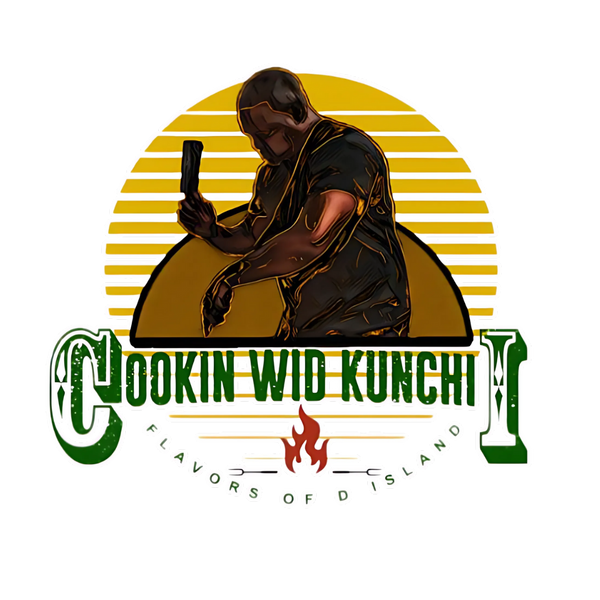
How to Bake Bread on a Weber Kettle Using the Minion Method
Achunchigan LattoreShare
There’s something deeply satisfying about baking your bread, especially when you do it outside on your grill. If you’ve ever wondered whether you can bake bakery-quality bread on a Weber kettle, the answer is a resounding yes! Using the Minion Method (as detailed in my book, Wrangling Fire), you can maintain steady, oven-like temperatures and bake everything from sourdough to rustic boules with ease.
The key is mastering the setup and using the right amount of charcoal. Once you can control the heat, your Weber kettle becomes a wood-fired oven, capable of baking bread (or even pizza, cookies, and more) just as well as your kitchen oven.
What You’ll Need
Weber kettle grill (22" is ideal)
Dutch oven (preferably cast iron, with a lid)
Charcoal (lump and charlogs—I recommend B&B Charcoal for consistency)
Fire starters and a chimney
Sourdough (or any Dutch oven bread dough)
Heat-resistant gloves
Thermometer (optional but helpful)
Step 1: Prepare Your Dough
Whether you’re using a sourdough recipe or a simple no-knead loaf, make sure your dough is proofed and ready to bake. Shape it into a round boule, place it on parchment paper, and let it rest while you set up the grill.
Step 2: Set Up the Minion Method
The Minion Method is a slow-burning charcoal technique that maintains a steady temperature for hours, perfect for baking. Here’s how to do it:
-
Arrange unlit charcoal on one half of the bottom of the grill.
-
Light ⅓ of a chimney starter of charcoal until ashed over (about 12 minutes).
-
Place the lit coals on top of the unlit charcoal ring. This creates a slow, even burn that spreads gradually.
For this setup, I used B&B Charlogs as the base fuel and lump charcoal as the initial heat source. The charlogs are the same material as the B&B briquets, but they are more dense. This allows the charlogs to burn for much longer than the lump or briquets. This is important to have a sustained heat source, perfect for baking. Full video of the setup is here. You can now order B&B charcoal on Walmart's website.
A post shared by Achunchigan Lattore (@cookinwidkunchi)
Pro Tip: For baking bread, you want a steady 450-475°F (depending on the recipe). Adjust the bottom and top vents to fine-tune the temperature; start with both vents fully open and adjust as needed.
Step 3: Preheat the Dutch Oven
Once your coals are lit and the grill is coming up to temp:
Place the empty Dutch oven (with lid on) directly over the coals to preheat for 20-30 minutes.
This mimics the effect of a preheated oven and ensures a strong oven spring for your bread.
Step 4: Bake the Bread
1. Carefully remove the preheated Dutch oven (use heat-resistant gloves!).
2. Lift the dough (with parchment paper) and place it inside.
3. Score the top of the dough with a razor blade.
4. Cover with the lid and return the Dutch oven to the grill.
5. Bake covered for 30 minutes (this traps steam for a crisp crust).
6. Remove the lid and bake for another 15-20 minutes until the crust is deep golden brown.
Step 5: Cool and Enjoy!
Transfer the bread to a wire rack and let it cool for at least an hour before slicing. The result? A perfectly baked loaf with a crackling crust and tender interior—all thanks to your Weber kettle.
Final Thoughts
Baking bread on a Weber kettle is not only possible—it’s incredibly rewarding. Once you master the Minion Method and learn to control temperatures, you can bake almost anything over live fire. For more in-depth techniques and recipes, check out my book, Wrangling Fire, where I dive deeper into grill cooking.
If you are interested in making your own sourdough starter from scratch, I have the process detailed here for you to try and get it going. You can also find my sourdough recipe here.
Have you tried baking bread on your grill? Share your results in the comments!
Happy baking (and grilling!),
Kunchi
Want more live-fire cooking tips? Follow me on Instagram or grab a copy of Wrangling Fire for the full guide!
